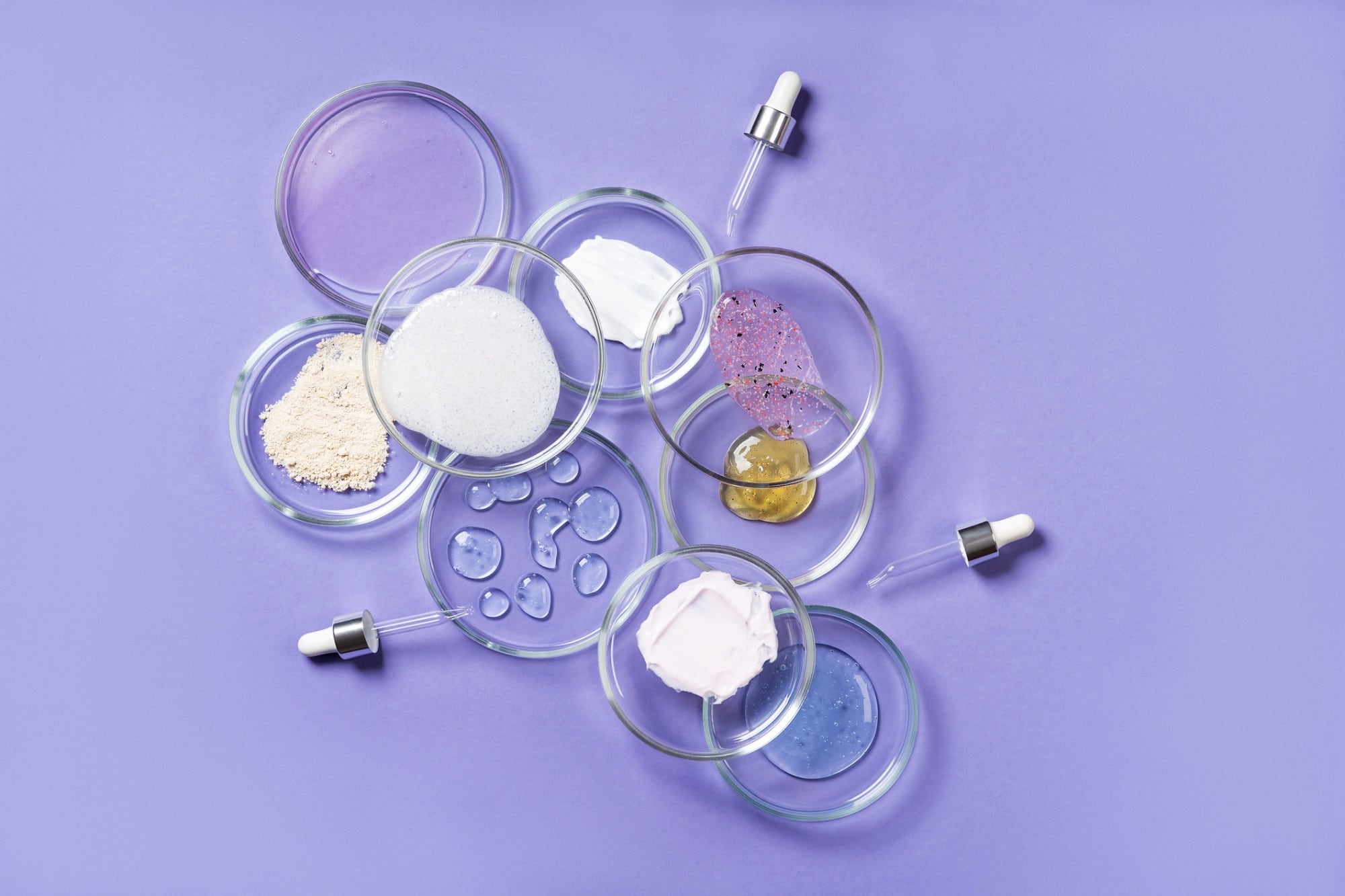At the In-Cosmetics Global show earlier this year, cosmetic ingredient supplier Mibelle Biochemistry debuted its latest ingredient for end-stage product formulation: a neuroactive material called TiMOOD. Derived from the timut pepper, this ingredient has been shown in a clinical study to “improve emotional wellbeing, significantly improve skin tone evenness, and improve skin complexion by reducing redness and enhancing luminosity,” as detailed in literature distributed at the event.
Neuroactive ingredients exploring the relationship between the skin and brain are one of 2023’s most significant trends in cosmetic and personal care product ingredients. To learn more about the TiMOOD formulation process, Mibelle’s research into the component, and the relationship between the efficacy of neuroactive compounds and skin health, CosmeticsDesign spoke with Franziska Wandrey, Head of Research at Mibelle Biochemistry for her insights.
The growing trend of neurocosmetic ingredients
When the Mibelle team approached the research, development, and formulation processes for TiMOOD, it was crucial first to understand the gap in available ingredients for the cosmetic formulation they were trying to fill. Wandrey shared that “neurocosmetics is definitely a growing trend in cosmetics, and the latest trade shows have seen quite a few launches on this topic.”
There is a growing demand for multifunctional active ingredients that provide consumers with multiple benefits in one product. Wandrey explained that “people are looking for new ways to improve their well-being that go beyond the ritual of formulation application.” Therefore, she said, “neuroactive cosmetic ingredients such as TiMOOD can fill this gap and provide inspiration for new product developments.”
How neuroactive ingredients work
Neuroactive ingredients like TiMOOD are trendy and relevant in today’s cosmetic and personal care product space because they explore the relationship between skin health and mental well-being. This is because several body systems link the skin and brain, as Wandrey illustrated.
“The endocrine system transfers information from the brain to the skin indirectly through the release of molecules, whereas the nervous system directly links the brain and the skin through the presence of nerve cells,” she said. Further, “our skin contains a dense network of sensory neurons, which are peripheral nerve cells that link the skin and the brain, the so-called skin-brain axis,” she added.
TiMOOD was explicitly formulated based on these basic principles and works by protecting the neurons in the skin to support skin-brain communication and a functional and healthy skin organ, Wandrey explained. “Furthermore, through the skin-brain axis, TiMOOD can influence wellbeing through skin that looks as well as feels good,” she added.
The formulation and launch of Mibelle’s TiMOOD
The ingredient development process began with the base ingredient of the timut pepper, which grows in the southern Himalayas. It has a rich history in traditional medicine. It is known for its anti-inflammatory and antioxidant effects, which was why it was selected by the Mibelle team for research and development of what would eventually become TiMOOD.
Further, previous Mibelle research had already shown that timut pepper extractions could “improve cognitive functions in terms of both learning and memory benefits,” said Wandrey, inspiring the Mibelle team to test the extract for cosmetic applications.
“For TiMOOD,” she explained, the research and development team “chose a water/glycerol mixture which enabled us to extract interesting molecules that provide efficacy as well as to get TiMOOD Ecocert and COSMOS approved.” Having achieved positive results with complexion brightening benefits in the testing process, the Mibelle team then determined TiMOOD’s neurocosmetic activity.
Utilizing “a co-culture model of human sensory neurons and keratinocytes,” the team demonstrated that “the timut pepper extract protected these neurons from aging, as well as improved keratinocyte proliferation,” Wandrey shared. “Additionally, we also measured an increased production of the neurotransmitter and ‘feel-good’ molecule dopamine,” she added, which “means that TiMOOD could support skin innervation and thus protect from aging.”
Finally, the Mibelle team used these findings to inform neuropsychological testing through EmoCompass, which “determines the emotions of consumers based on neuromarketing principles for fast-moving consumer goods,” Wandrey said.
Mibelle was the “first to apply this testing method in a cosmetic active ingredient study.” Testing determined that “in a panel of stressed volunteers, TiMOOD significantly increased the emotional dimension of ‘relaxed, balanced, calmed’ as well as improved an even skin complexion, luminosity and a reduction of skin redness,” she shared. Therefore, the team concluded that “TiMOOD supports emotional well-being and helps in achieving a more radiant appearance” when regularly used in a topical cosmetic application.
Considering that “neurocosmetics and emotional well-being are big trends at the moment,” Wandrey said, it is likely that Mibelle will continue research and development in this area in the coming months as the manufacturer and consumer reception of TiMOOD are revealed. “Consumers are looking for additional benefits for their self-care, and neuroactive cosmetic ingredients like TiMOOD can provide this extra activity in the formulation,” she concluded.





